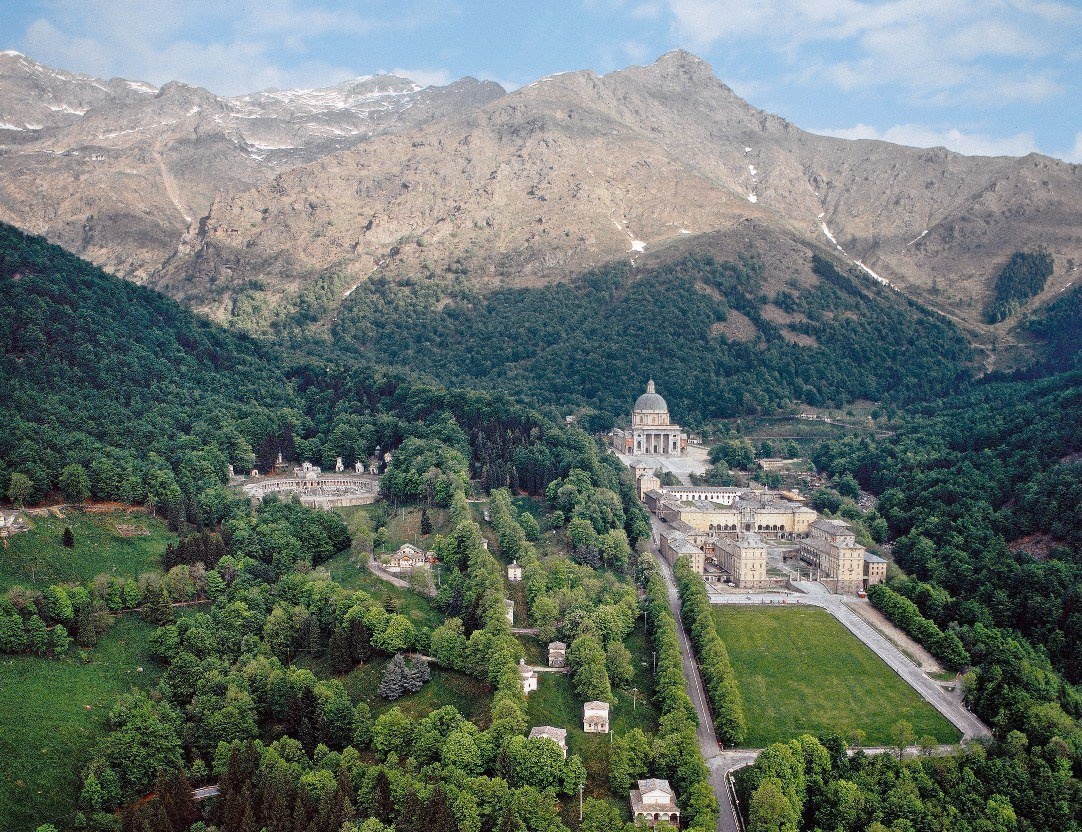London, United Kingdom, 2024-Jun-28 — /Travel PR News/ — As recently as the early 1980’s, Europe’s pilgrim trails were in danger of being forgotten yet, today, they have become hugely popular with people looking to bring meaning to their travels, according to new research.
Lily Smith, a leading travel expert from Monasteries.com, says: ‘From a low in 1972 of 67 recorded pilgrims officially completing the Camino de Santiago de Compostela – Europe’s most popular pilgrimage – the number of modern pilgrims finishing the route in 2019 (just before the Covid pandemic) was 347,578. Last year, even that figure was eclipsed, with a record 442,073 people completing the journey.
‘There’s little doubt many people have recently become more conscious of the age-old attraction of setting out on a pilgrimage. Cementing its popularity, the Camino de Santiago de Compostela has been the subject of The Way, a film starring Martin Sheen, as well as popular books and documentaries.
‘Similarly, many Brits also undertake the lesser-known but, arguably, even more beautiful Via Francigena pilgrimage from Canterbury to Rome. For much of its route, this follows an historic journey undertaken by Sigeric, Archbishop of Canterbury, in 990AD. In 2022, around 50,000 people completed the route.
‘So who are these latter-day pilgrims? New analysis from Monasteries.com reveals that, in the case of the Via Francigena, the top five nationalities are Italians, French, Americans, Spanish and Brits. Two age groups dominate, with 22% of people completing the walk being 22-34 year olds and 22% 55-64 year olds. That’s a fascinating mix of ages.
‘It seems the typical profile of modern pilgrims is changing. Just a few years ago, most modern pilgrims travelled in large, predominantly male groups. However, last year, female pilgrims outnumbered males completing the Camino de Santiago, according to the National Catholic Register. They were also about half of Via Francigena travellers, a notable increase even on 2022.
‘50% of pilgrims say sharing experiences is the main reason for travelling the Via Francigena, according to Via Francigene.org. That’s followed by discovering a new culture (38%) and then tourism and spiritual reasons tie at 35% each. That’s perhaps a surprisingly low percentage undertaking a pilgrimage for mostly spiritual or religious reasons, highlighting just how diverse a group contemporary pilgrims are. Another popular reason given for walking the Via Francigena is food and wine tourism… And why not?
‘For travellers who want to experience the history, spirituality and diverse cultures along the route, Monasteries.com has recently published a new online guide to the Via Francigena.
‘Many people are surprised to discover they are able to stay in monasteries and convents along the route. In fact, many monasteries, convents and abbeys that open their doors to paying guests are often more welcoming, encompassing and friendly than an anonymous hotel.
‘As their journey reaches the Alps, latter-day pilgrims are guaranteed to remember staying at the magnificent Santuario di Oropa. An hour’s drive from Pont Saint Martin (the start of Leg 6 of the Via Francigena in Italy), it’s located in a UNESCO World Heritage Site and is part of the Piedmont Special Nature Reserve. Rooms are available from just £67.29 in July.
‘Casa Diocesana in Lucca, which is the start of leg 28 of the Via Francigena pilgrimage, started life as a Renaissance villa in 1500 and was purchased in 1800 by the Diocese of Lucca. With woodland walks and a library, rooms are available in July from £58.51 a night.
‘On completing their pilgrimage, weary travellers can head to the atmospheric Casa il Rosario in the heart of Rome. Owned by the Dominican Sisters of Charity, it’s a tranquil place to recover from their journey. Located near the Roman Forum, Venice Plaza, Trevi Fountain and Colosseum, it features an internal garden and a terrace. Rooms are available from just £42 a night in July.
‘Booking a stay in an abbey or monastery on the route of the Via Francigena is surprisingly easy. The unique accommodation site Monasteries.com provides a booking platform for European religious orders with stays across mainland Europe, Great Britain and Ireland. There’s much more information about locations along the Via Francigena and how to book at https://www.monasteries.com/en-GB/via-francigena

